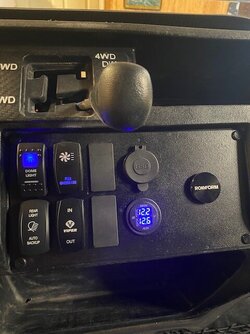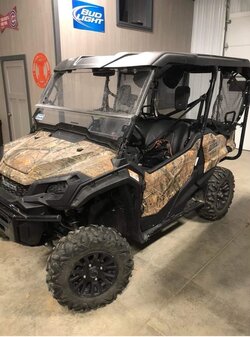Scoop
Well-Known Member
Lifetime Member
Supporting Member
There are two "positive" wires you're dealing with from the contactor/solenoid: A very thick one (that carries the high amperage load that ultimately powers the winch) and a very thin one that acts as the "switch" that tells the contactor/solenoid when to allow that high amperage load to travel through the contactor/solenoid TO the winch (this one is usually part of a harness that connects the contactor to your physical dash switch).I was going to connect the winch contactor positive directly to the stinger on the key-on side. It happens to be very close to the winch contactor, so a clean easy install. The Stinger relay also has larger posts with lots of room for the winch positive cable. Is that a bad idea? In my mind it will only have power when the key is on, since the Stinger only gets power when the key is on. Do you or others with electrical expertise see any issues with this approach? I can definitely connect the winch contactor directly to the 2nd battery if that's a better way to go. Thanks.
You do NOT want the thick wire one on the switched side of the Stinger relay. The Stinger is not rated to carry the high amps required by the winch. Ideally, this wire should be connected directly to the positive post of the AUX battery (and the thick negative cable form the contactor connected to the negative post of the AUX battery). If you don't have room for the thick positive wire to connect directly to the positive post of the AUX battery, you can connect it to the supply side post (the other thick post) on the Stinger (so the power doesn't have to travel though the Stinger to get to the battery).
The thin positive cable from the contactor (the 'switch' wire that pulls very little amperage) is best connected to the switched side of the Stinger relay, typically to your switched fuse block so that it only "switches" the power on and makes it available for the winch if you have the ignition on.
Last edited:




